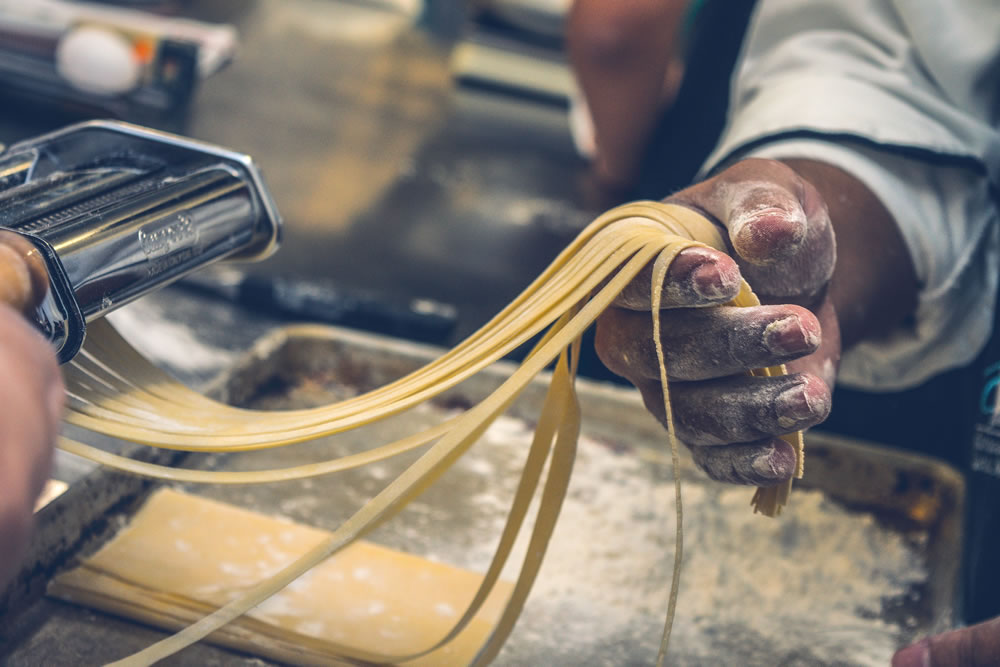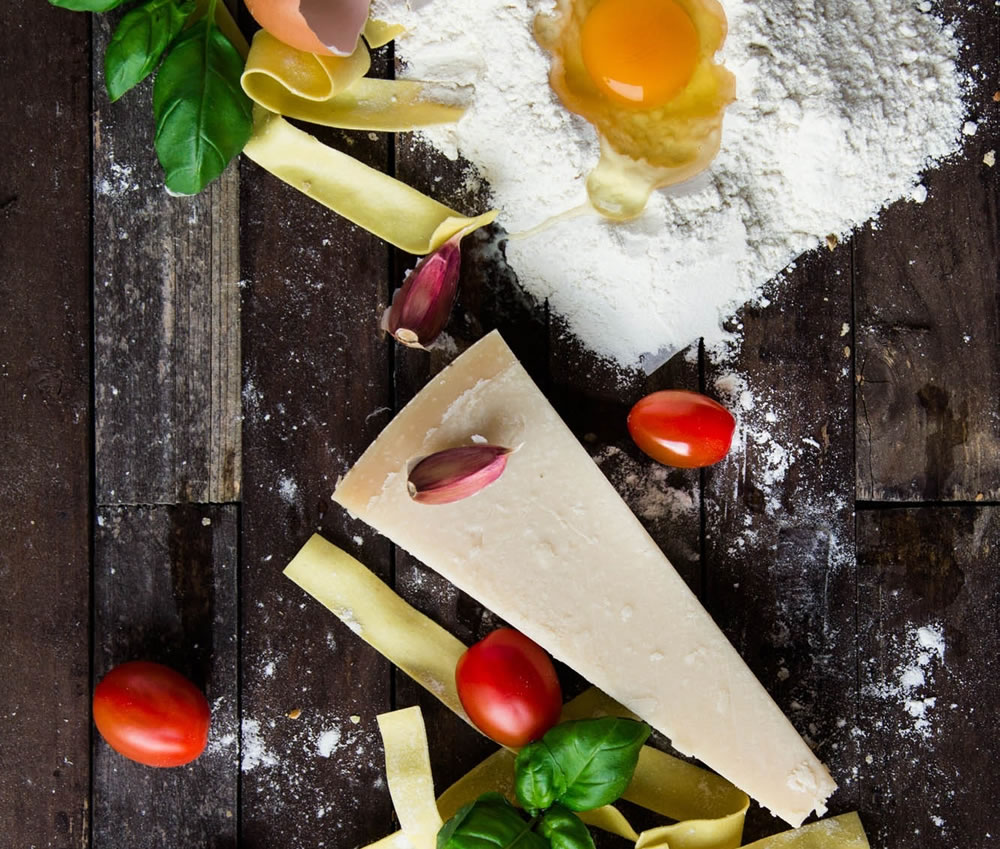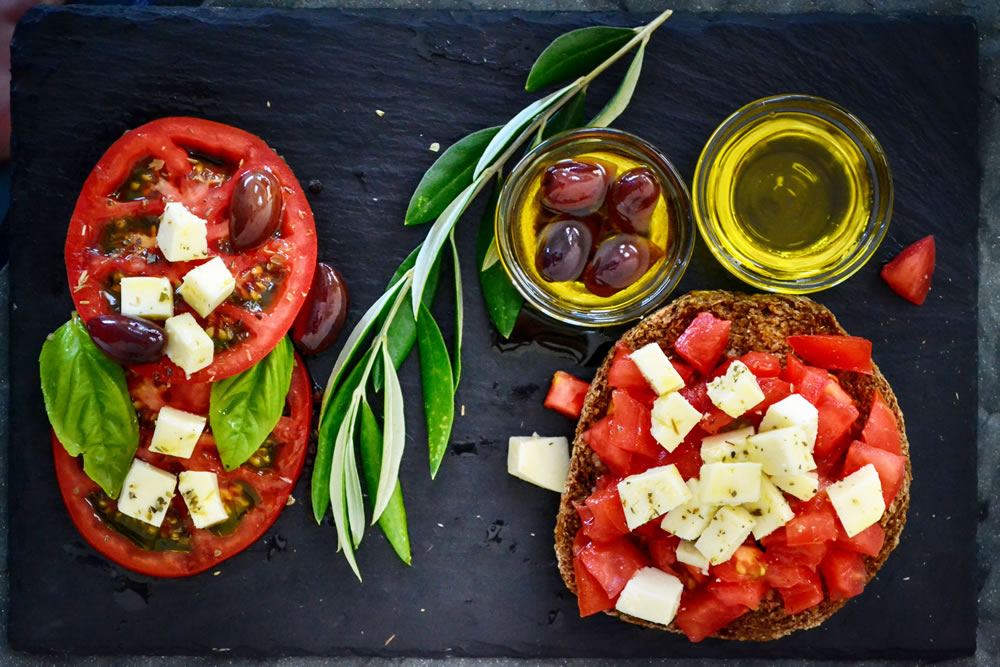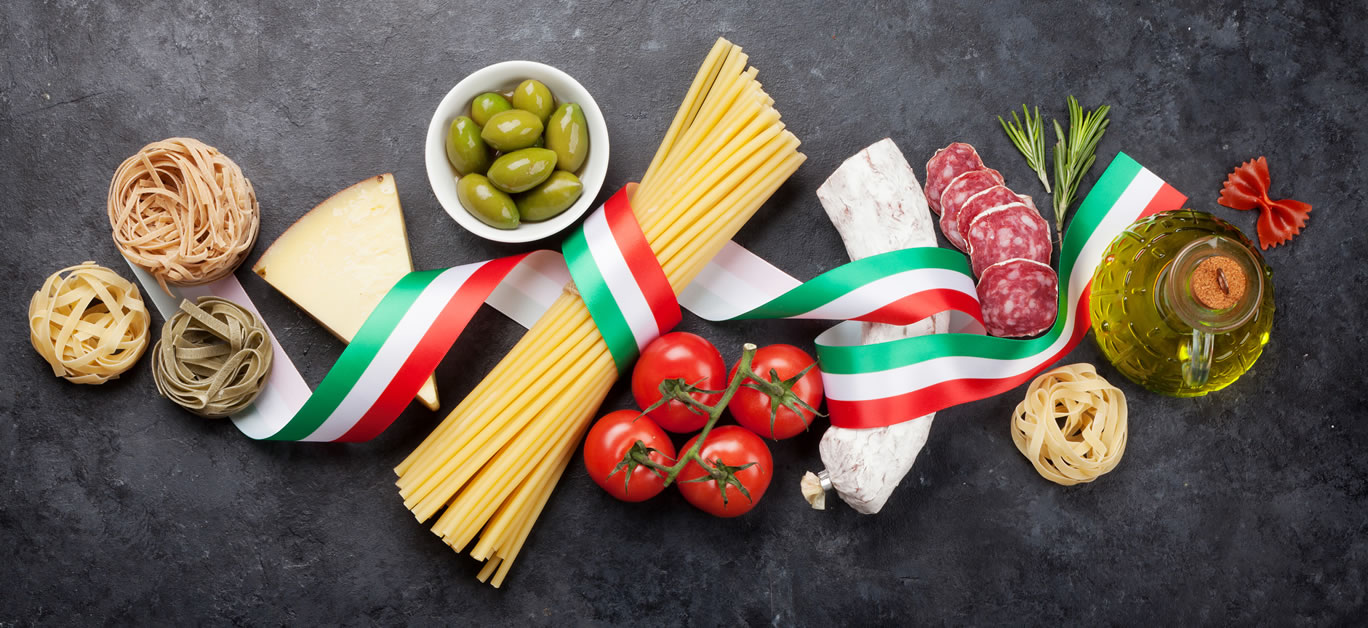From soups, pastas and risottos, to delicious meat and vegetable dishes, Italian food is heralded as one of the most delectable cuisines in the world. With a respect for fresh, locally sourced ingredients and big flavours that root in a colourful heritage, cooking Italian food can be considered the ultimate craft.
Whether you are a home cook or a classically trained chef, the 10 commandments of Italian cooking remain the same. To guide you through the cooking process, we spoke to Guido Pedrelli, founder of Nonna Box, who shares the rules of cooking authentic and mouth-watering Italian food.
1. Don’t oil the pasta water
There is a common myth that oiling the water your pasta is cooking in will prevent it from sticking, but this is untrue. In fact, oil and water do not mix, so it is unlikely that any oil will transfer onto the pasta during the cooking process. If any oil were to attach to the pasta, it would be after the cooking process when the pasta is being drained, which would prevent the sauce from sticking to the pasta. Ultimately, adding oil to the boiling water does more harm than good, and it is best to simply stir the pasta every so often during cooking.

2. Grate Parmigiano Reggiano instead of purchasing the pre-grated option
When you grate your own cheese, not only will it melt better but it will have more flavor as it has not been dried or contain anti-clumping agents. It is important to note that real Parmigiano Reggiano will have the words stenciled on the side of the rind, whereas cheeses simply labeled ‘parmesan’ are imposters.
3. Avoid using dry herbs, and opt for fresh herbs instead
When using herbs in Italian cooking, it is important to focus on the scent of the herbs too, as well as the taste. Dry herbs are slower to release their flavors and need extra cooking time, whereas fresh herbs are more perfumed and delicate in the flavor they add to Italian dishes. Whilst dry herbs would be added towards the beginning of the dish, fresh herbs should be added towards the end, so they don’t lose their potency and dry out.
4. Always use tagliatelle when cooking Bolognese
When we think of Bolognese, we often think of pairing it with spaghetti. However, the sauce should be mixed in with the pasta, as opposed to being laid on top of it. Therefore, you should always use tagliatelle pasta when making Bolognese, as it holds the sauce better.

5. Let pasta be the start of the show, and leave the chicken out
Italian pasta dishes are the epitome of comfort food. In Italy, pasta dishes are not considered an appetizer or side (antipasto) but rather, given its own course (the primo piatto). Furthermore, no Italian pasta dish ever merges chicken with pasta, but rather they leave meat and fish dishes to the second dish (secondi).
6. Use the right pan
Whilst we may not think a pan could make a difference to the final result, it does. Each pan is designed to complement the dish it is cooking. For example, a saute pan will cook meats and vegetables better than a frying pan, due to the depth and cylindrical sides. Pasta should always be cooked in a rounded pot to prevent sticking and so that the water returns to the boil quicker.
7. Keep an eye on your cooking
Italian food is usually cooked directly on the heat and some Italian dishes, such as the soffritto and risotto, require a lot of attention. As a general rule, you should always keep an eye on your cooking so you can avoid burning or drying out your ingredients.

8. Don’t over-do the sauce
The number one rule when cooking Italian food is not to over-do a good thing. This especially applies for pasta sauce. The perfect pasta should not be drenched in sauce, but rather coated. To put this in perspective, the recommended amount of sauce for one portion is only two full tablespoons.
9. Opt for fresh, locally sourced ingredients
Quality Italian food is always rooted in the same thing – fresh, locally sourced ingredients. Whether this be ripe and juicy tomatoes or the aromatic bliss of basil and parsley, having fresh ingredients will elevate the taste, and smell of your food.
10. Season throughout the cooking process
Whilst pepper is not commonly used in traditional Italian cooking, sea salt is incorporated at the start of the cooking process to ensure it dissolves and seasons the food throughout.






















